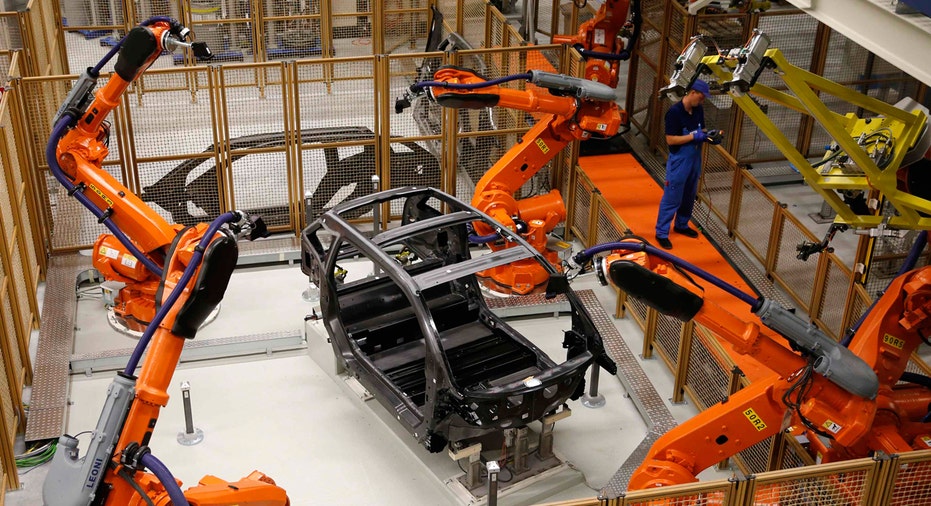Midwest Manufacturing Activity Jumps into Expansion

Business activity across the Midwest snapped back in October and rose to its best level since January after contracting last month, according to a report released Friday. The Chicago Business Barometer, also known as the Chicago PMI, jumped to 56.2 from 48.7 in September. Economists polled by The Wall Street Journal expected only a modest uptick, to 49.0. Readings above 50 indicate expansion whereas prints below that level denote contraction. The Chicago PMI, which has been in negative territory five times this year, and unexpectedly dropped below 50 last month. "The disappointing September data look more like an aberration than the start of a trend," said Philip Uglow, chief economist of MNI Indicators. Gains in production and new orders bounced back into positive territory and recovered September declines, pacing the way higher. The subindex measuring production surged 20 points to 63.4, while the new orders gauge increased 10 points to 59.4. Firms also reported significant growth in inventories, which accounted for part of the leap in output in October, the report said. Despite the solid improvement, there were some soft spots. The employment gauge snapped a string of increases and fell back to the 50 mark. Some firms pointed to continued difficulty in sourcing qualified workers, the report indicated. Employment tends to lag orders. Order backlogs, meanwhile, slipped a point to 45.5. The Chicago-area survey is among the last of the regional manufacturing indicators before the national Institute for Supply Management gauge is released Monday morning. The report follows a mixed string of regional manufacturing readings this month. Earlier this month, producers in the Richmond, Dallas and Kansas City areas signaled possible stabilization in manufacturing activity, while manufacturing conditions in the New York and Philadelphia area continued to deteriorate. The country's manufacturing sector remains under pressure from weaker global demand and sharply lower commodity prices, and it has been hamstrung by a stronger U.S. dollar that makes products more expensive in other currencies.